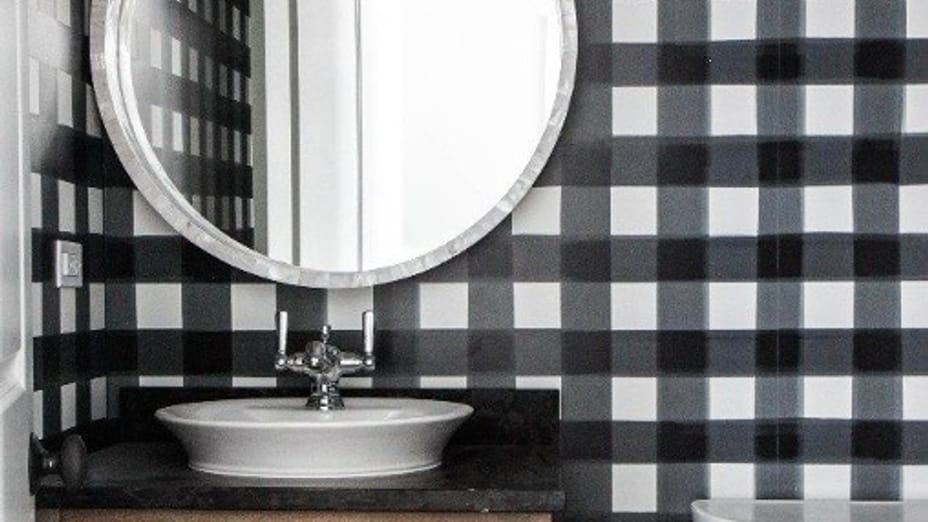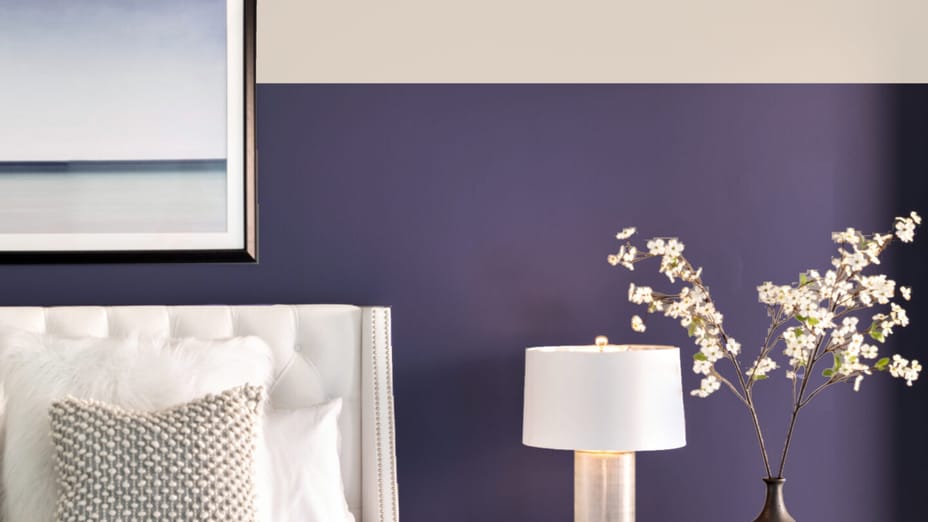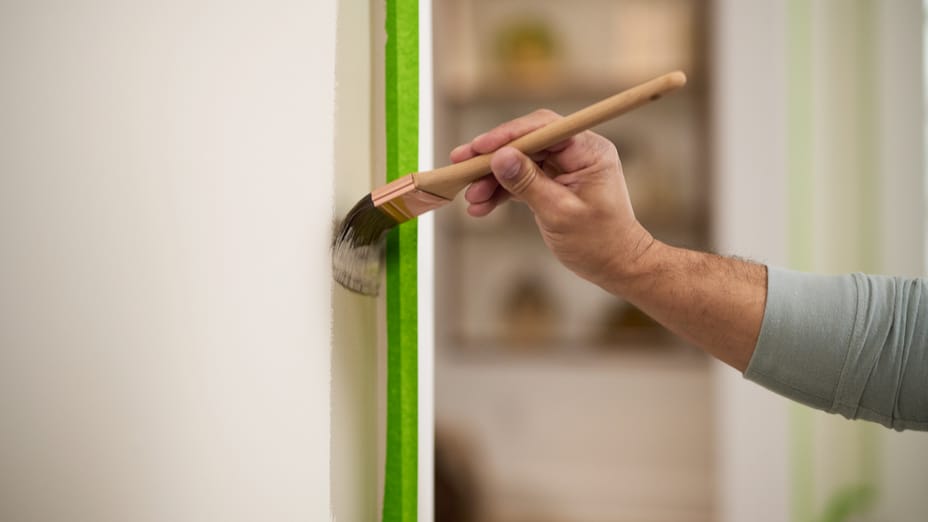Have you ever asked yourself “Is masking tape and painter’s tape the same?” Maybe you’ve wondered where the idea for painter’s tape came from? Or why you shouldn’t use masking tape as painter’s tape?
We’ve got some answers you may find interesting.
What is Masking Tape?
In the 1920s, masking tape was developed to help seal off areas for the automotive industry’s two-tone painting process. Still today it is a thin, easy-to-tear paper with a pressure-sensitive adhesive backing.
Typically, it’s off-white in color and relatively lightweight. Masking tape is frequently used for general-purpose applications like creating labels and minor repairs to lightweight items.
Despite the innovation of the original product, the need for tape variations based on different surfaces and paint finishes continued to evolve throughout the 1940s and 50s. In the 1950s, painter’s tape was developed with clean removal properties to eliminate the damage and sticky residue left behind by masking tape.
Throughout the 70s and 80s, painter’s tapes grew popular among DIYers, crafters and expert painters. Innovations, including medium adhesion and UV-resistant tapes, continued to hit the market.
Since then, there have been further advancements to the product including technology that allows users to employ painter’s tape on various surfaces and paint types as well as ensure super sharp paint lines. Many painter’s tape brands are made from sustainable materials, as well.
The crepe paper backing and lightweight feel of both painter’s tape and masking tape may make them seem interchangeable. However, it’s important to note that while all painter’s tapes are masking tapes, not all masking tapes are painter’s tapes. There are a few key differences.
Is Painter’s Tape the Same as Masking Tape?
The differences between the two tapes become noticeable when completing paint projects. The two main benefits of using painter’s tape over masking tape include:
- Clean removal: Masking tapes can be tricky to remove cleanly and leave behind a sticky residue. Painter's tapes, on the other hand, are formulated for clean removal from a variety of surfaces even after several days, eliminating the need to worry about damage to the surface underneath the tape.
- Sharp lines: Painter’s tapes are used when crisp paint lines and no residue are top priority. Some painter’s tapes are even made with edge-treated technology, like FrogTape® brand painter’s tapes. The exclusive PaintBlock® Technology seals tape edges and blocks paint bleed.
Can you use masking tape for painting? No, it is not recommended. Remember, painter’s tape is specifically designed to deliver clean lines. Unlike standard masking tape, it features clean removal properties and a water-resistant surface to minimize crinkling and prevent paint bleed.
It is ideal for use on walls, trim and floors and is available in various colors depending on the brand—like green, yellow, blue or orange. While it may cost more upfront than masking tape, the investment in the right painter’s tape pays off by reducing the need for touch-ups and making cleanup hassle-free.
The Finishing Touch
Choosing the right painter’s tape is often the difference between a flawless finish and a frustrating result. For more tips on using painter’s tape like a pro, get started with our step-by-step guide, How to Use Painter’s Tape.
To find the FrogTape that’s best for your next paint project, visit our Product Gallery.



